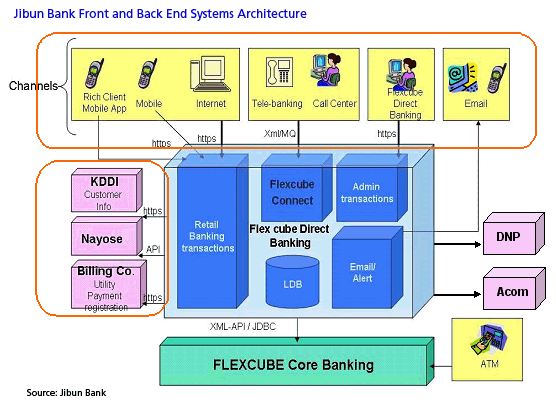Advanced Mobile Banking Defined: A Mobile-Centric Financial Institution (Jibun Bank) Case Study
Abstract
In North America and the EU, mobile banking has made great strides in the past three years. The largest of banks down to the smallest of credit unions now offer it, and mobile banking functionalities that were considered innovative in 2007 have been commoditized. On a seemingly weekly basis, banks and technology vendors alike compete with each other to make announcements about offering the most advanced mobile banking services.
In a new report, Advanced Mobile Banking Defined: A Mobile-Centric Financial Institution (Jibun Bank) Case Study, Celent answers the question this competition raises: What truly is the definition of “advanced” mobile banking in 2010?
In terms of front end, customer-facing functionality in North America and the EU, state-of-the-art features include mobile remote deposit capture, person-to-person payments, and real time transactional alerts. Although mobile payments are beginning to emerge, they are limited to pilots, with years to go before commercial rollout.
On the back end, the current definition of advanced is mobile solution connectivity with multiple core and ancillary systems. This allows bank customers to have a view of all their accounts, such as checking, savings, loans, mortgages, credit cards, etc. However, the problem with current “advanced” back end systems configuration is that it is largely static; it either waits for the customer to interact with it (e.g., balance inquiry), or it presents data that is the same as in any other channel (e.g., online, ATM).
"To find an excellent example of advanced mobile banking, one must turn to Japan, a historically advanced market in terms of mobile services,” says Red Gillen, Senior Analyst with Celent’s Banking Group and author of the report.

A meaningful example is Jibun Bank, a mobile-centric bank with the right pedigree; it is owned by a leading bank and a major mobile carrier. Jibun Bank offers a number of mobile front end features that would be the envy of any North American or European bank. However, what makes Jibun Bank’s offering especially amazing is that it offers new products (e.g., account opening) that have direct revenue impact, all within the mobile channel. Jibun Bank was able to accomplish its offerings through the combined use of both Oracle’s FLEXCUBE banking platforms and a series of business alliances.
This report offers a case study of Jibun Bank, including an overview of its advanced front end functionalities and back end systems integration. In addition, the business context and rationale for establishing Jibun Bank is discussed, based on direct interviews with the major parties involved.

